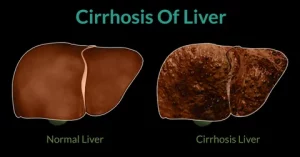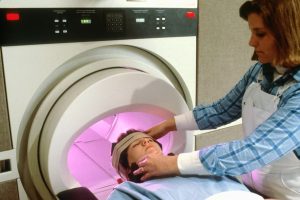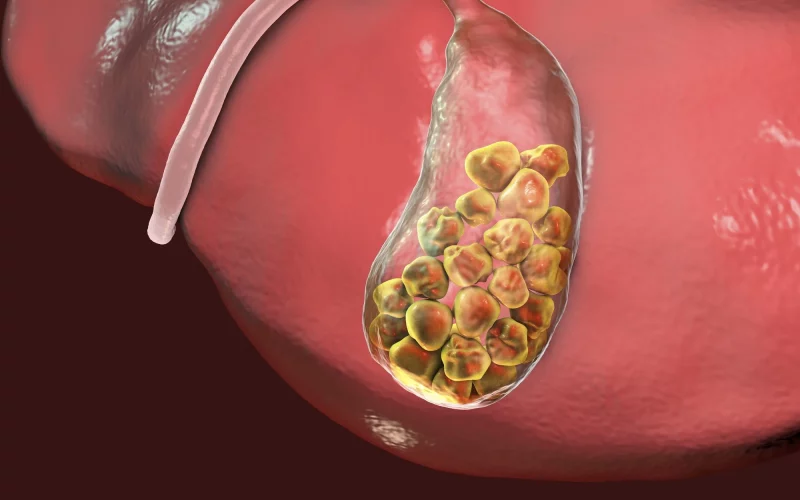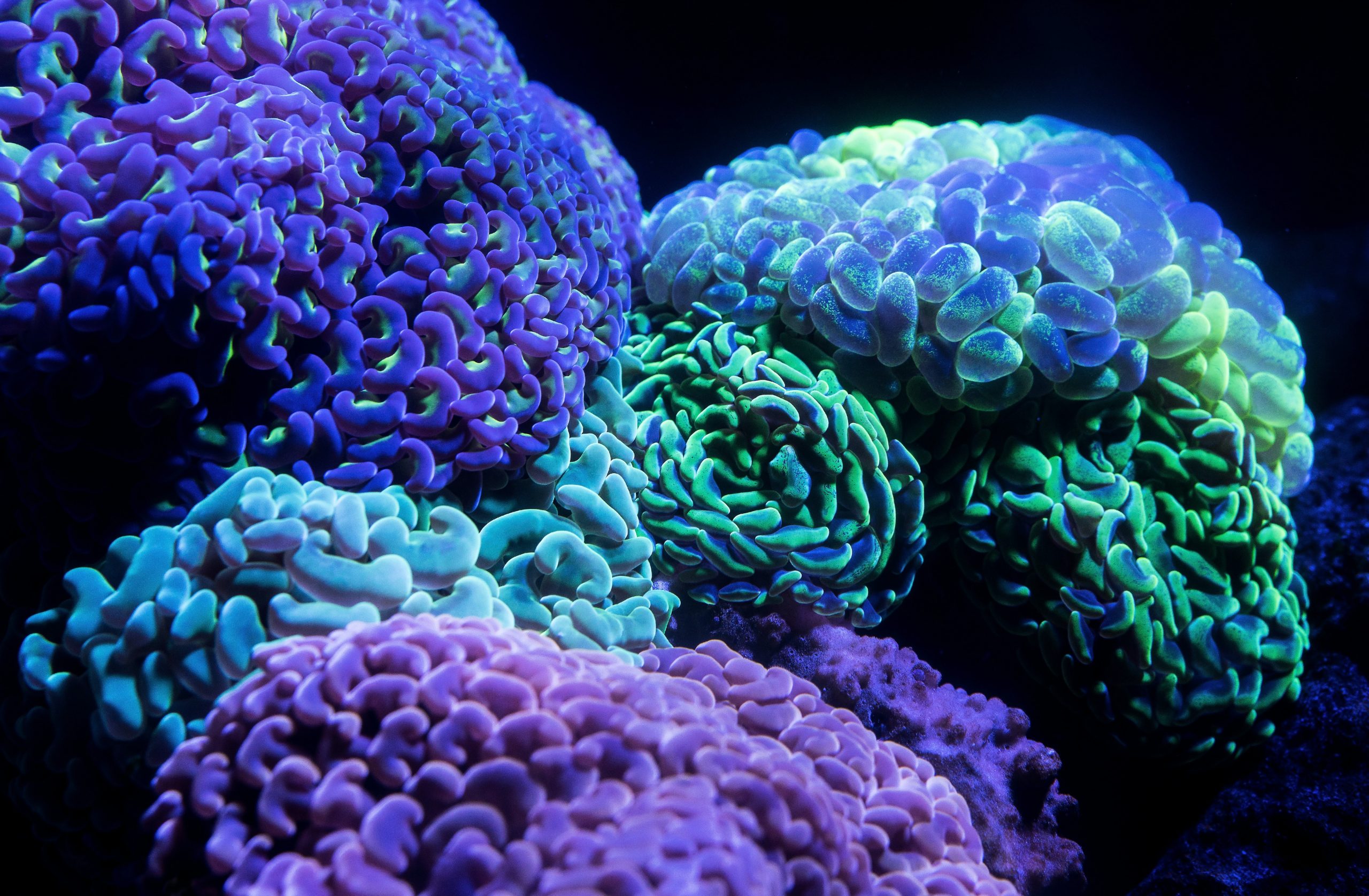Introduction
Gallstones, small, hardened deposits that form in the gallbladder or bile ducts, can have a significant impact on one’s health. In this comprehensive guide, we will explore the causes, symptoms, and various treatment options for gallstones, shedding light on this common yet potentially serious condition.
What are Gallstones?
Gallstones develop when bile, a digestive fluid stored in the gallbladder, solidifies into stone-like material. This process is typically triggered by an imbalance of cholesterol, bile salts, or bilirubin (a bile pigment). The presence of gallstones in the gallbladder is termed cholelithiasis, while their occurrence in the bile ducts is known as choledocholithiasis. In severe cases, gallstones obstructing the bile ducts can lead to life-threatening infections affecting the pancreas, liver, or bile ducts.
Causes of Gallstones
Understanding the factors contributing to gallstone formation is crucial. Cholesterol stones are believed to develop when there’s an excess of cholesterol in bile or when the gallbladder fails to empty properly. Pigment stones, on the other hand, tend to form in individuals with cirrhosis, biliary tract infections, or hereditary blood disorders like sickle cell anemia. The precise causes of pigment stones remain uncertain.

Symptoms of Gallstones
Recognizing the symptoms of gallstones is essential for prompt medical attention. While most gallstones may initially be asymptomatic, they can cause discomfort as they grow larger or start obstructing bile ducts. Symptoms often manifest after a fatty meal or during the night and may include:
- Steady, severe pain in the upper abdomen that can last from 30 minutes to several hours.
- Pain between the shoulder blades or in the right shoulder.
- Nausea and vomiting.
- Fever and chills.
- Jaundice, characterized by yellowing of the skin or eyes.
- Abdominal bloating.
- Intolerance to fatty foods.
- Belching or gas.
- Indigestion.
It’s crucial to note that some individuals may have “silent stones” – gallstones that do not cause noticeable symptoms and do not interfere with the function of the gallbladder, liver, or pancreas. However, if symptoms persist or worsen, seeking medical advice is imperative. Treatments for other health problems.
Risk Factors for Gallstones
Several factors increase the risk of developing gallstones, including:
- Obesity: Being overweight, especially in women, is a major risk factor.
- Estrogen Levels: Elevated estrogen levels from pregnancy, hormone replacement therapy, or birth control pills can contribute to gallstone formation.
- Ethnicity: Native Americans have a higher predisposition to gallstones, often due to a genetic tendency to secrete high levels of cholesterol in bile.
- Gender: Women are twice as likely as men to develop gallstones.
- Age: Individuals over the age of 60 are more susceptible.
- Cholesterol-Lowering Drugs: Medications that lower blood cholesterol levels can increase the risk of gallstones.
- Diabetes: People with diabetes tend to have higher levels of fatty acids, increasing the risk.
- Rapid Weight Loss: Swift weight loss can lead to an increased secretion of cholesterol into bile, promoting gallstone formation.
- Fasting: Prolonged fasting reduces gallbladder movement, concentrating bile with cholesterol.
Diagnosing Gallstones
Diagnosing gallstones typically involves a combination of medical history, physical examination, and various diagnostic procedures:
- Ultrasound: Utilizes high-frequency sound waves to create images of internal organs.
- Cholecystography: X-ray imaging showcasing the flow of contrast fluid through the intestines into the gallbladder.
- Blood Tests: Check for signs of infection, obstruction, jaundice, and pancreatitis.
- CT Scan: Detailed imaging through X-rays and computer technology to produce cross-sectional images of the body.
- ERCP (Endoscopic Retrograde Cholangiopancreatography): Involves inserting an endoscope through the stomach to view the biliary system, aided by a special dye.
- Sphincterotomy: Opening the muscle sphincter wider to facilitate the passage of stones into the intestine.

Treatment Options for Gallstones
The appropriate treatment for gallstones depends on various factors, including age, overall health, the extent of the condition, and personal preferences. Treatment may not be necessary if gallstones are asymptomatic. However, if symptoms persist, treatment options include:
| Treatment Method | Description |
|---|---|
| Gallbladder Removal | Directs bile flow to the small intestine, with possible side effects like diarrhea. |
| Oral Dissolution Therapy | Utilizes bile acid drugs to dissolve gallstones. |
| Methyl-tert-butyl Ether | A solution injected into the gallbladder to dissolve stones. |
| ESWL (Shockwave Lithotripsy) | Uses shock waves to break stones into tiny pieces for easier passage through bile ducts. |
| Contact Dissolution Therapy | An experimental procedure involving the injection of a drug directly into the gallbladder to dissolve stones. |
Conclusion:
Understanding gallstones, from their causes to symptoms and treatment options, is vital for individuals at risk or experiencing related discomfort. If you suspect gallstones or are dealing with persistent symptoms, consulting a healthcare provider is crucial for an accurate diagnosis and tailored treatment plan. Early intervention can prevent complications and ensure a healthier, gallstone-free life.










